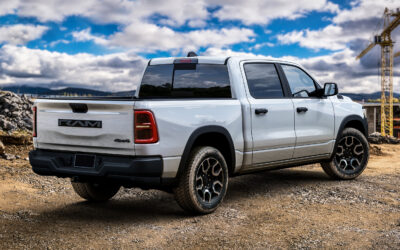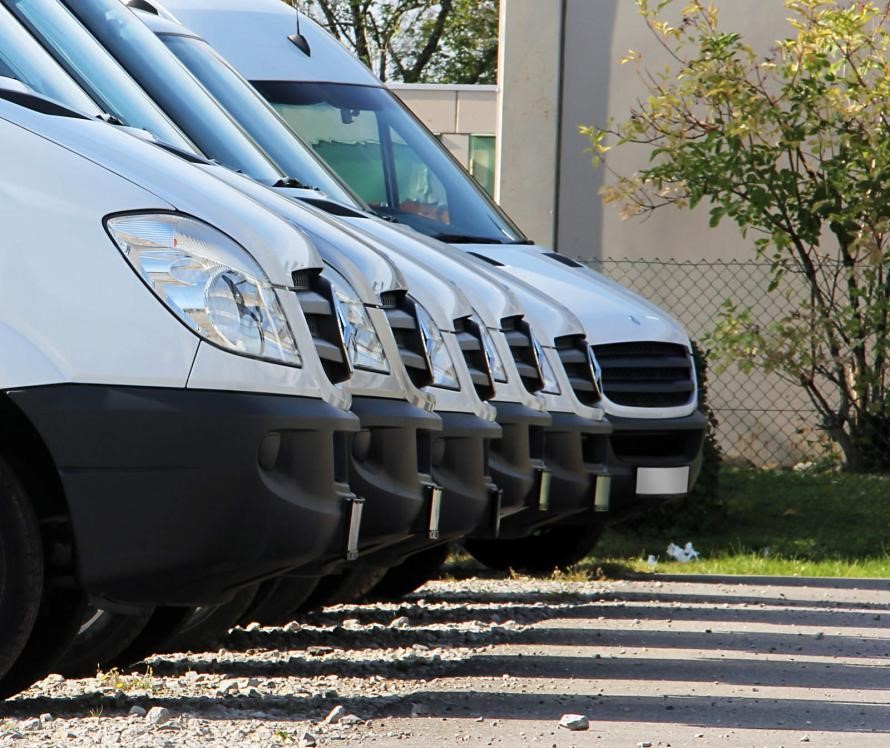Elements Best Fleet Management
As a fleet manager, one of the most important questions you should constantly ask yourself is “What can we do to have the best fleet truck management in the industry?”
This is not just something you should ask yourself. You should also be prepared to answer this question if someone else asks you this.
It seems like a broad question as the answer can be long and sophisticated — but it’s actually simple to answer. Here are a few things you need to do to make your company the leading fleet truck management business:
- Manage the average age of your fleet
- Keep your equipment in top-notch condition
- Maximize the use of your fleet
- Understand your costs
All of these factors are equally important, and do not follow a specific sequence. Each step can be completed in any order as to best benefit your company. In fact, these elements are closely linked to each other and their individual successes depend on the success of all the other elements. Successfully implementing them in your fleet can be the deciding factor in the long-term success of your organization.
Let’s look at the most important things you need to do in each area of your company to meet the highest standards. Factor in all of these points to fuel the success of your fleet and adopt the best fleet management practices for continued success.
What is Fleet Truck Management?
Fleet truck management is the process of coordinating, managing, and maintaining the vehicles your business uses to complete tasks. From determining where crews need to go each day to ensure your trucks are in prime working condition, each element of fleet management makes sure your fleet is in working condition and efficiently filling the needs of your crew and business.
Manage the Average Age of Your Fleet
Managing the average fleet is more or less a straightforward process for fleet managers. To make your fleet a world-class operator, you need to invest heavily in improving its average age. It is not possible to have a world-class fleet if it is headed to the scrap yard due to overuse. You need to minimize the costs of operating and owning the vehicle. Keep it around the economic life for each vehicle’s rate class.
- Analyze data to work out the cost of owning and operating a vehicle to set reasonable economic life benchmarks for each asset class in your fleet.
- Use the economic age benchmarks in addition to how much you use the fleet annually to develop a strategy for replacing vehicles when they’ve exceeded their useful lives.
- You need to develop a culture within the organization that accepts that fleet replacement is necessary in the medium to long term for the overall benefit of the company. Try to create awareness that having old assets within each asset class can become less reliable and more expensive over time.
Keep Your Equipment in Top-Notch Condition
Downtime disrupts the productivity of your organization and affects its long-term success. This is something you cannot let happen. While you can’t always avoid unfavorable events, you can take a few steps to mitigate the damage they cause.
- Turn your attention towards the fleet operators. When it comes to taking care of the fleet assets, nobody’s more responsible for it than the drivers themselves. Train them well and ensure that their habits align with the long-term success of your organization.
- The technicians responsible for the maintenance and repair of your company assets are extremely important for your business. Make sure to look after their needs.
- Work up a competent preventive maintenance program that is systematic, disciplined, and operated by only the best. Maintenance without compromise is one of the most crucial best fleet management practices.
Maximize the Use of Your Fleet
While your company owns a fleet, owning these vehicles is not an end in and of itself. You operate the fleet in order to complete the operations which drive the success and growth of the company. To that end, you need to utilize the fleet as much as you can.
- Acknowledge the fact that your capital resources are expensive and the equipment represents a significant portion of the company’s capital investment. The size of the fleet and how it operates has to be adjusted according to the nature of the operations themselves. They do not need to be long-term investments if it does not suit the company’s success. Having idle assets will not achieve anything for your fleet, but it will add to the costs.
- Leasing and renting traditional short-term rentals are a good way to source the assets if the situation calls for it. It is not necessary that your fleet needs to own all the assets it operates. Resorting to these clever means of sourcing the equipment your fleet uses can make operating the fleet flexible enough to make your capital investment a lot more efficient. That being said, it does not mean you should rely solely on assets sourced through other sources. Work out the economic factors that will help you figure out the amount of assets your company must buy, borrow, lease or rent to make the best of your company’s capital investment.
- Work closely with the field operations so that you can better understand the long, medium and short-term requirements for all of the work your fleet takes part in for your organization. The requirements for the fleet in the construction sector for instance are quite volatile. Organizations that have the best fleet management practices are able to meet the demands of their customers through on-the-ground experience that helps them determine the right assets in the adequate amount at the most timely manner to cater to their needs.
Understand Your Costs
An organization cannot make it in the construction industry without understanding its costs. Most of the time in the construction industry, the work is done where the price for contracts is predetermined. Operating under this condition entails a risk of exceeding the actual costs of operations, which hampers success if we cannot accurately estimate the cost of equipment for the contracts.
- Set, maintain, sort out and balance the internal charge out rates depending on the rate class of the assets. Truly understand what it costs to operate each asset class in your fleet and set the rates to get successful cost recovery.
- You need to have actionable information in case of variation in the budget. Focus on managing the owning and operating costs of all the assets. The costs of owning are primarily annual costs while operating costs are mostly proportional to the amount of time the assets are used.
- You need to develop and implement an efficient, easy-to-understand, and reliable cost-recovery system for your fleet. You need the proper mechanism set in place to measure the number of hours worked and do away with waste that results in assets operating less than the minimum required hours.
Manage Your Fleet Efficiently
Implement these 12 points in order to develop the four critical elements of the best fleet truck management practices. Consider all of these points and write them down in your own words to see how they fit into the context of the fleet you are operating. This information can become a game-changer in your organization’s bid to become a world-class fleet operator.
If you’re a business owner and need to scale up your fleet, look no further than Flex Summit Fleet. View our available fleet today and avoid the costs associated with acquiring your own work trucks.






